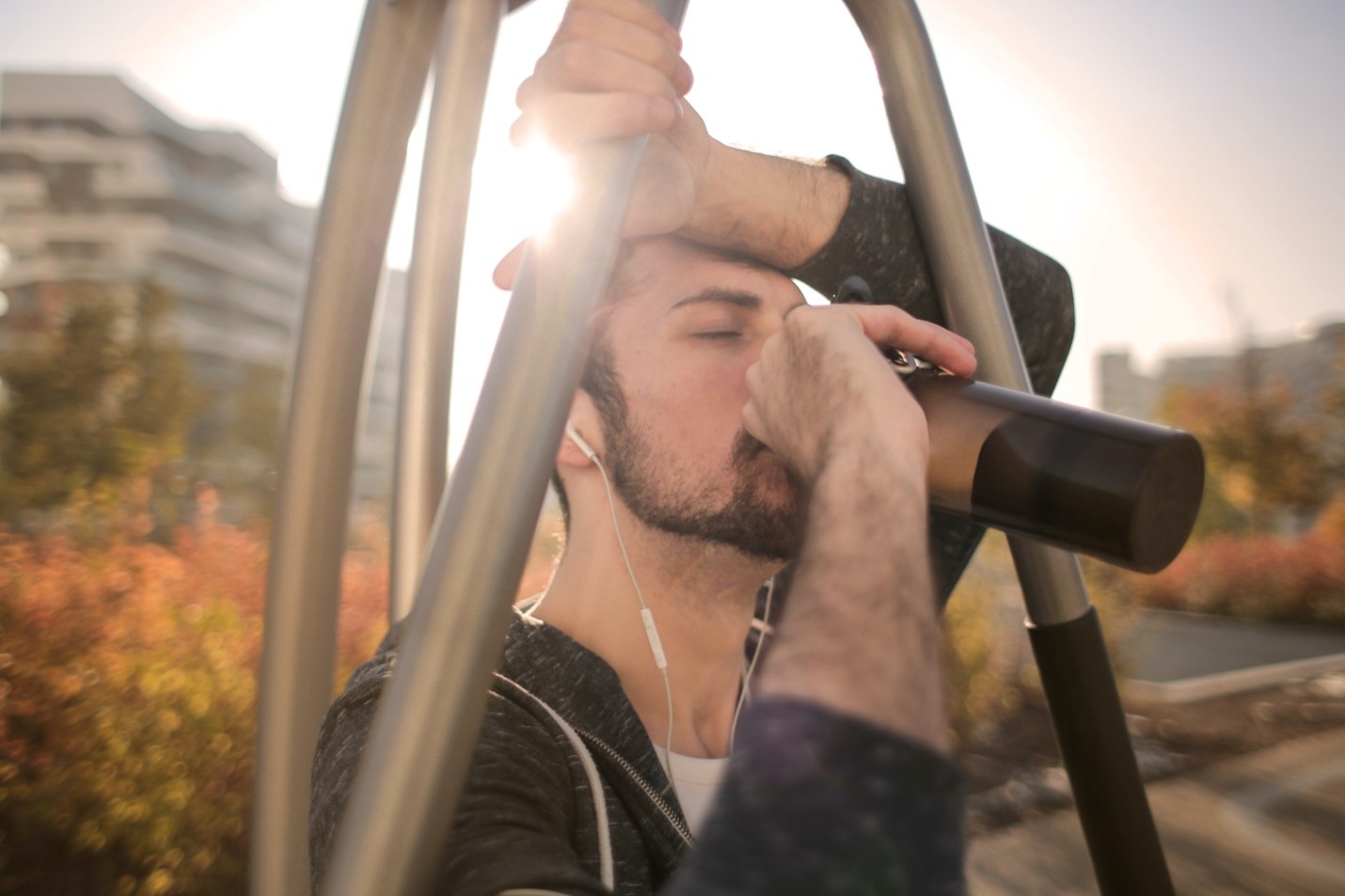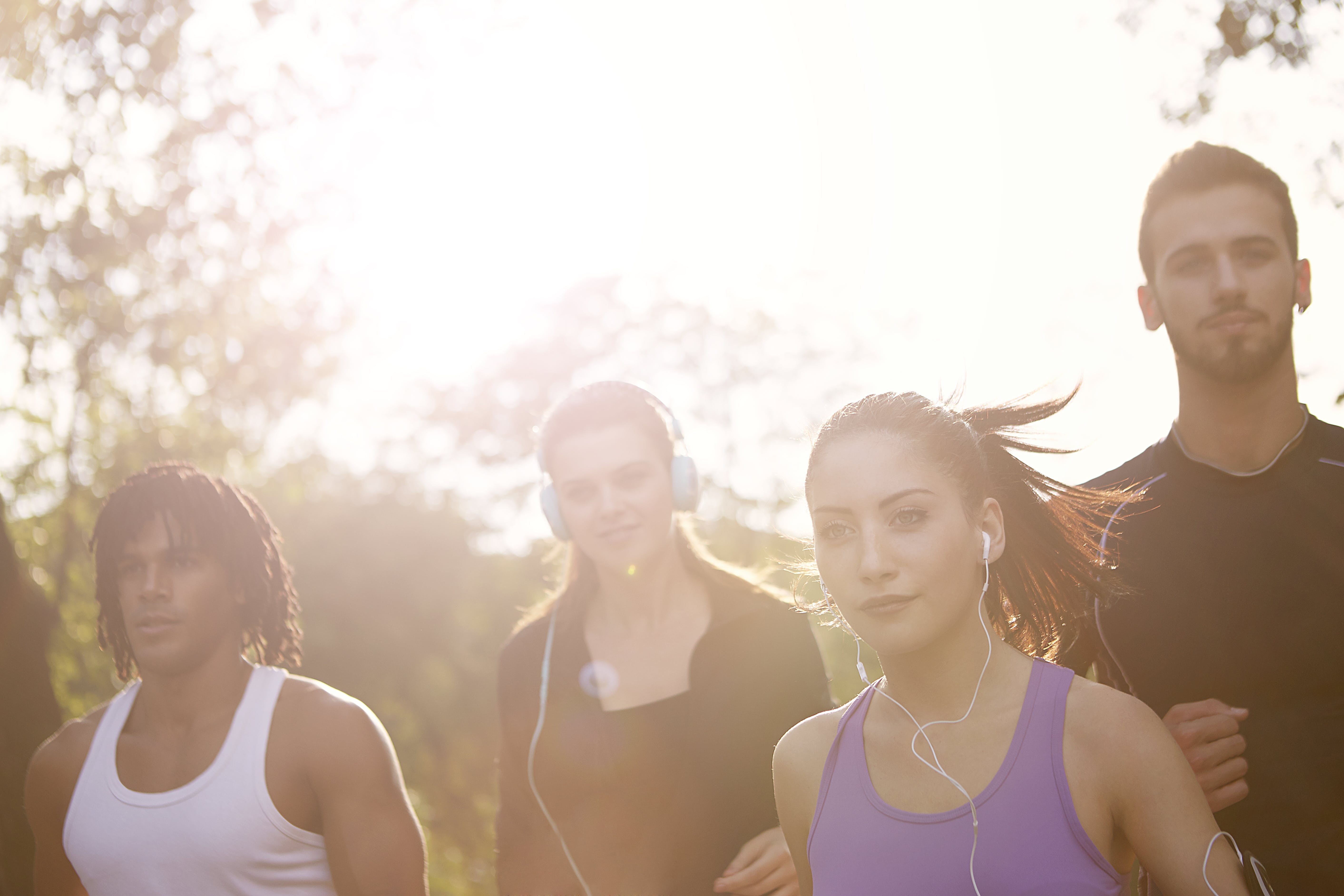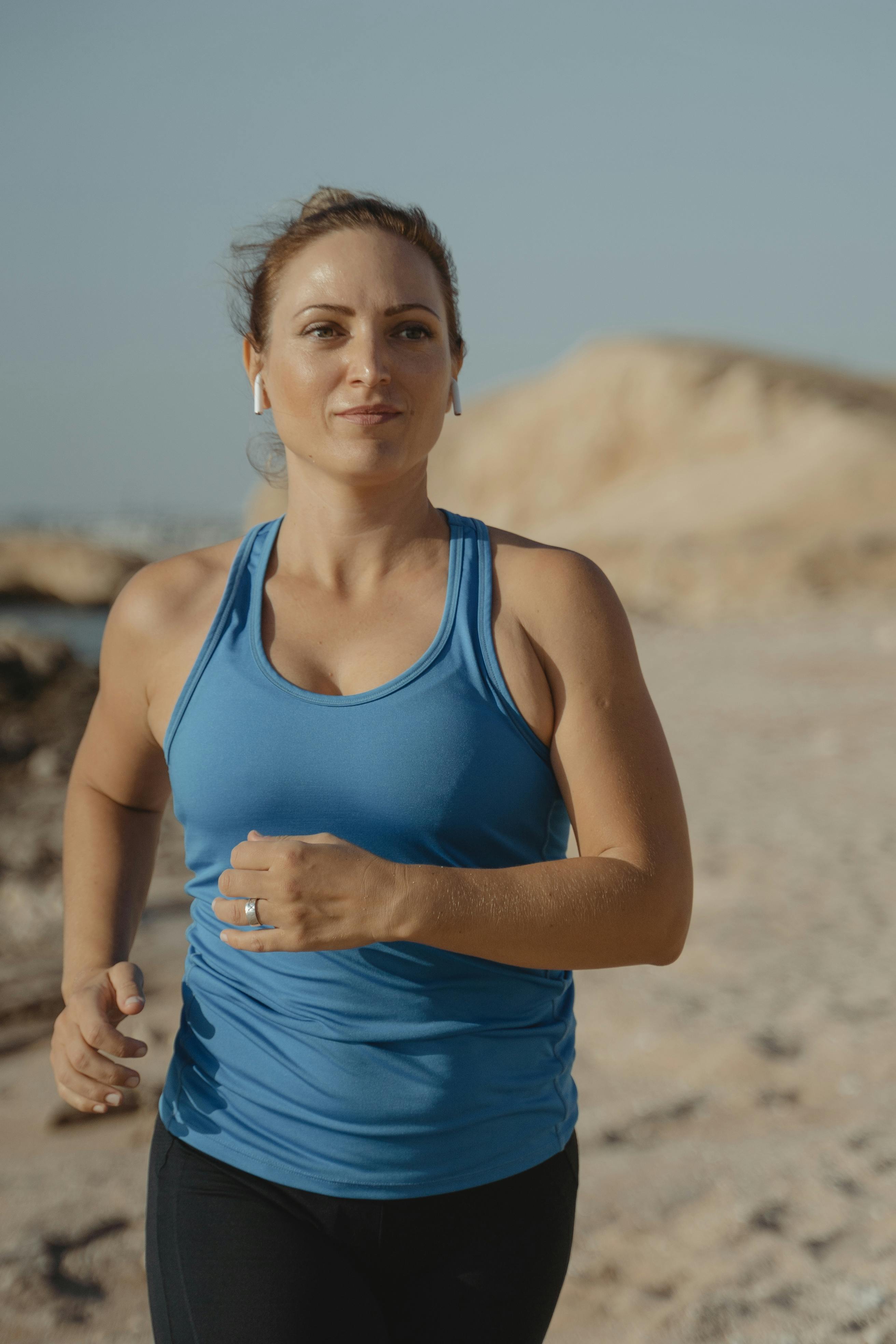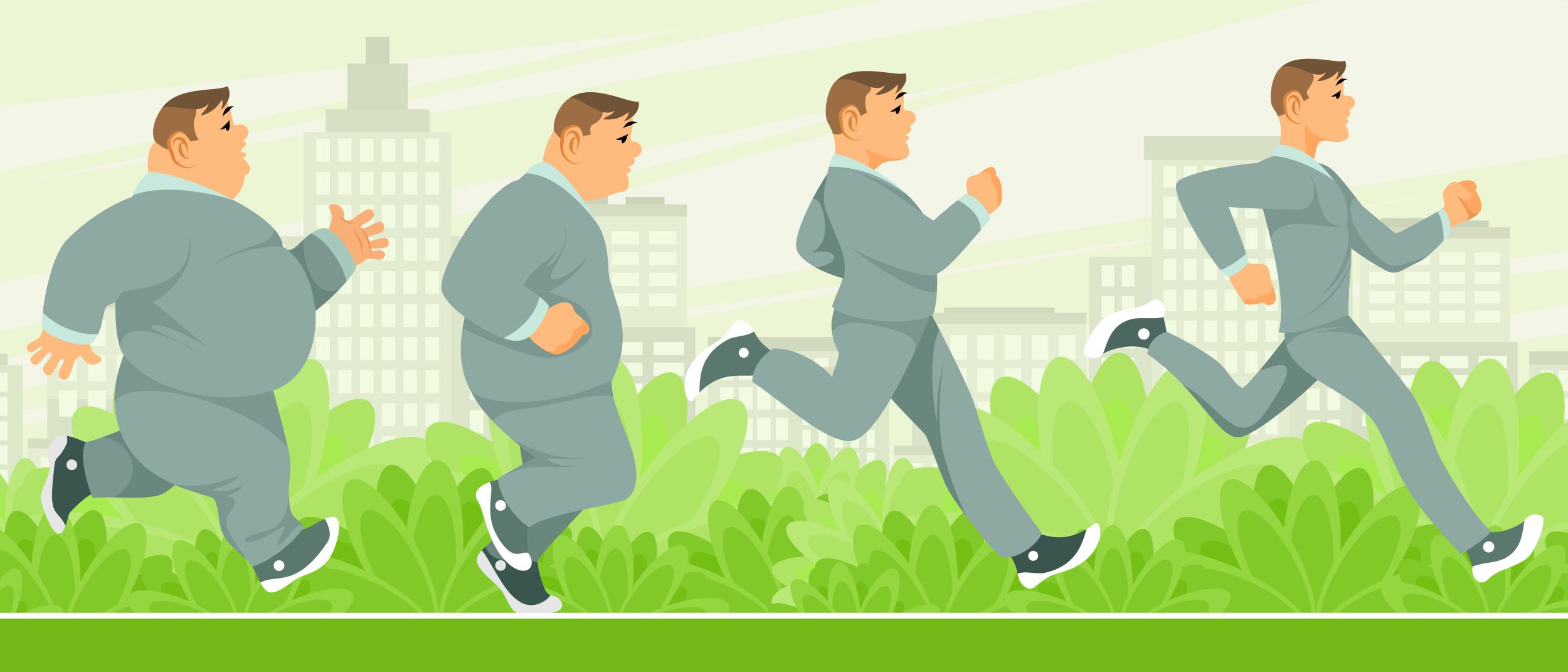Welcome to the world of running with our ultimate Couch to 5K training guide. Whether you are a complete beginner or someone looking to get back into running, this guide is tailored to help you achieve your goal of running a 5K. The Couch to 5K program is designed to transform you from a sedentary lifestyle to a fitter, healthier version of yourself in just a few weeks.
The concept of Couch to 5K is simple and effective. By gradually increasing your running time while incorporating walking breaks, you allow your body to build endurance and strength without overwhelming it. This incremental approach makes the program accessible and achievable for everyone, regardless of their fitness level.
Why should you start a Couch to 5K program? Firstly, running is an excellent way to improve cardiovascular health, burn calories, and strengthen muscles. Additionally, it is a fantastic way to relieve stress and improve mental well-being. The sense of accomplishment you will feel after completing a 5K race is unparalleled.
Our guide will provide you with a detailed weekly plan, motivational tips, and expert advice to keep you on track. So, lace up your running shoes and get ready to embark on an exciting journey towards your fitness goals.
Visit our website to learn more and get started today! Click here.
Getting Started with Your Training

Embarking on your Couch to 5K training journey requires a bit of preparation. Before you start, it is essential to have the right gear and mindset to ensure a smooth and enjoyable experience. Here are a few key steps to get you started:
1. Invest in Proper Running Shoes: A good pair of running shoes is crucial. Visit a specialized store where experts can help you find shoes that fit your foot type and running style. This can prevent injuries and make your runs more comfortable.
2. Choose the Right Clothing: Opt for moisture-wicking fabrics to keep you dry and comfortable. Dressing in layers can help you adjust to changing weather conditions. Don’t forget reflective gear if you plan to run in low-light conditions.
3. Plan Your Route: Select a safe, convenient route for your runs. Parks, trails, and quiet streets are excellent options. Familiarize yourself with the distance and terrain to avoid any surprises.
4. Warm-Up and Cool-Down: Incorporate a proper warm-up routine to prepare your muscles and joints for the run. Post-run, spend some time cooling down and stretching to aid recovery and reduce soreness.
5. Set Realistic Goals: Start with small, achievable goals and gradually increase your running time and distance. Celebrate your milestones to stay motivated.
6. Listen to Your Body: Pay attention to how your body feels during and after runs. It’s normal to experience some discomfort, but persistent pain should not be ignored. Rest and consult a healthcare professional if necessary.
By following these steps, you’ll be well-prepared to begin your Couch to 5K training and set yourself up for success. Remember, consistency and patience are key as you progress through the program.
Weekly Training Plans Explained

Once you have the basics sorted, it’s time to dive into the weekly training plans that form the backbone of your Couch to 5K program. These plans are designed to gradually build your endurance and running capability over several weeks. Here’s a breakdown of what to expect each week:
Week 1-2: The first two weeks focus on getting your body used to the new activity. You’ll start with a mix of walking and running. For instance, you might begin with a 5-minute warm-up walk, followed by alternating 60 seconds of running and 90 seconds of walking for a total of 20 minutes.
Week 3-4: As you progress, the running intervals will increase, and the walking intervals will decrease. You might find yourself running for 90 seconds and walking for 2 minutes, gradually building up to running for 3 minutes with 90 seconds of walking in between.
Week 5-6: During these weeks, you’ll start to see significant improvements in your stamina. The plan will have you running for longer periods, such as 5-minute runs with 3-minute walks, eventually leading up to an 8-minute run with a 5-minute walk.
Week 7-8: By now, you’re nearing the finish line. Your runs will become longer and more consistent. Expect to run for 25-30 minutes straight by the end of week 8. The focus here is on building the confidence to run without needing to stop for a walk.
Week 9: The final week is all about preparing for your 5K run. You’ll be running for around 30 minutes continuously, matching the distance required for a 5K. This week is designed to boost your confidence and get you ready for the big day.
Remember, each person’s journey is unique. It’s okay to repeat weeks if you feel you need more time to build your endurance. Stay consistent, listen to your body, and enjoy the process of seeing your progress unfold.
Essential Gear for New Runners

Embarking on your Couch to 5K journey requires more than just motivation and a training plan; having the right essential gear can make a significant difference in your running experience. Here’s a rundown of the must-have items for new runners:
1. Running Shoes: The cornerstone of your running gear, a good pair of running shoes provides the necessary support and cushioning to prevent injuries. Visit a specialty store where experts can help you find shoes that suit your foot type and running style.
2. Moisture-Wicking Clothing: Investing in moisture-wicking apparel will keep you comfortable by drawing sweat away from your skin. Look for technical fabrics in your tops, shorts, and socks to stay dry and reduce the risk of chafing.
3. Sports Bra: For female runners, a well-fitted sports bra is essential. It provides the necessary support and minimizes discomfort during your runs.
4. Running Socks: Avoid cotton socks, which can retain moisture and lead to blisters. Opt for specially designed running socks that offer cushioning and have moisture-wicking properties.
5. Hydration Gear: Staying hydrated is crucial, especially on longer runs. Consider carrying a handheld water bottle, hydration belt, or vest to ensure you have access to water while running.
6. Reflective Gear: If you plan on running in low-light conditions, invest in reflective gear or accessories to ensure you’re visible to others. Items like reflective vests, LED armbands, and headlamps can enhance your safety.
7. Running Watch or Fitness Tracker: Tracking your progress can be motivating and informative. A running watch or fitness tracker can monitor your distance, pace, and heart rate, helping you stay on top of your training goals.
Equipping yourself with the right gear not only enhances your comfort but also boosts your confidence as you step out for your runs. Remember, investing in quality gear is an investment in your running journey and overall health.
Tips to Stay Motivated and Safe
Starting a new running routine like the Couch to 5K program can be both exciting and challenging. To help you stay motivated and ensure your safety as you progress through your training, consider these helpful tips:
1. Set Realistic Goals: Break your ultimate goal into smaller, manageable milestones. Celebrate each achievement to keep your spirits high and your motivation intact.
2. Find a Running Buddy: Partnering with a friend can make runs more enjoyable and provide mutual encouragement. Having someone to share the journey with can also create a sense of accountability.
3. Listen to Your Body: Pay attention to how your body feels during and after runs. If you experience pain or discomfort, don’t push through it. Rest and seek medical advice if necessary to prevent injuries.
4. Mix Up Your Routes: Running the same route can become monotonous. Explore new trails or paths to keep your runs interesting and engaging. Changing scenery can also provide a mental boost.
5. Use Technology: Apps and fitness trackers can help you monitor your progress and stay motivated. Many apps offer features like audio cues, virtual challenges, and social sharing to keep you engaged.
6. Stay Hydrated and Fuelled: Proper hydration and nutrition are key to maintaining energy levels. Drink water before, during, and after your runs, and eat a balanced diet to support your training.
7. Wear Reflective Gear: If you’re running early in the morning or late in the evening, make sure to wear reflective clothing or accessories to stay visible to others. Safety should always be a priority.
8. Join a Running Community: Being part of a running group or online community can provide motivation and support. Sharing your progress and hearing about others’ experiences can be incredibly inspiring.
9. Reward Yourself: Treat yourself for reaching your milestones. Whether it’s a new piece of running gear or a relaxing day off, rewards can serve as motivation to keep going.
By incorporating these tips into your Couch to 5K training plan, you’ll not only stay motivated but also ensure a safe and enjoyable running experience. Remember, the journey is just as important as the destination, so enjoy every step along the way!
What to Expect on Race Day

After weeks of dedication and hard work, the big day has finally arrived—race day! Knowing what to expect can help alleviate any pre-race jitters and ensure you have a memorable and enjoyable experience.
1. Pre-Race Preparation: Make sure you have everything you need the night before the race. Lay out your running gear, pin your race bib, and pack essentials like water, snacks, and any necessary personal items.
2. Arrive Early: On race day, aim to arrive at the venue early. This will give you ample time to find parking, familiarize yourself with the starting area, and settle any last-minute nerves.
3. Warm-Up Routine: A proper warm-up is crucial to get your muscles ready and reduce the risk of injury. Spend at least 10-15 minutes doing light jogging and dynamic stretches to loosen up.
4. Race Etiquette: Be mindful of other runners. If you need to slow down or take a walk break, move to the side to avoid obstructing faster runners. Respecting race etiquette ensures a smooth experience for everyone.
5. Pace Yourself: Adrenaline can make you start out too fast, so remember to stick to your planned pace. It’s better to start slow and gradually increase your speed as you settle into the run.
6. Hydration and Fuel: Take advantage of water stations along the course to stay hydrated. If you’re used to taking energy gels or snacks during long runs, bring them along to keep your energy levels up.
7. Enjoy the Experience: Soak in the atmosphere and enjoy the camaraderie of fellow runners. Whether it’s your first 5K or your fiftieth, each race has its unique charm, so savor every moment.
8. Post-Race Recovery: After crossing the finish line, spend some time cooling down with light stretching. Rehydrate and refuel with a healthy snack to aid in your recovery.
Completing a 5K race is a remarkable achievement, especially if you’ve followed the Couch to 5K training program. Celebrate your success and take pride in how far you’ve come.
Ready to start your Couch to 5K journey or looking for more tips? Visit our website to learn more and get started today! Click here.


